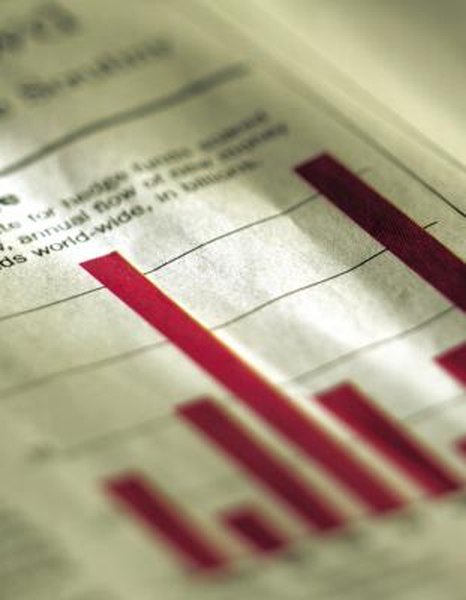What Is the Difference in Settlement and Closing Price?
The closing price is used to calculate the settlement price.
Jupiterimages/Photos.com/Getty Images
There are many nuanced differences between the trading of equities and derivatives. Stocks trade based on the value of the company they represent; derivatives trade based on the value of the underlying asset. The value of equities at the end of the day is based on a closing price, while the value of derivatives is based on a settlement price.
Closing Price
Equities trade on various exchanges around the globe. While stocks can still trade up or down in value over night, each exchange has a set time for open and close. The price of equities when the exchange opens is referred to as the opening price. The price of equities when the exchange closes is referred to as the closing price, which is the last trade price or the last price the market traded at when it closed.
Settlement Price
Derivatives trade based on standardized contracts and the value of those contracts is derived from the average price of the contract over the trading day. The average is calculated by using both the opening and closing prices for each trading day. Margin requirements are based on the settlement price, not the closing price. Each derivatives exchange has a set of procedures used to calculate the settlement price.
The Chicago Mercantile Exchange
The Chicago Mercantile Exchange is the largest derivatives exchange in the world. It provides a settlement price for futures using a volume weighted average between 3:14 pm and 3:15 pm Central Time. Both the settlement and last trade price are then published on the contract specifications page. Also on the contract specifications page is the daily settlement procedure, which provides an explanation for how to calculate the settlement price.
CME Settlement Vs. Close
Derivative contracts are based on months. They are often used to hedge against price fluctuations for a specific asset. For example, if a company needs corn to make the product it sells, it can purchase a contract for the future delivery of corn at a certain price, allowing it to buy or sell corn at a particular price. So, if today is June 15, traders are actively trading the lead month, or July, as well as August, September and even October. Profits and losses are based on the settlement price in the futures market, and not on the closing price, as with equities.
Writer Bio
Sharon Barstow started her career in investment banking and then crossed over to the world of corporate finance as a financial analyst. She specializes in banking and corporate finance topics to include treasury management, financial analysis, financial statement analysis, corporate finance and FP&A. In addition to writing, she is the co-owner of a small dog bakery in rural Ohio.

